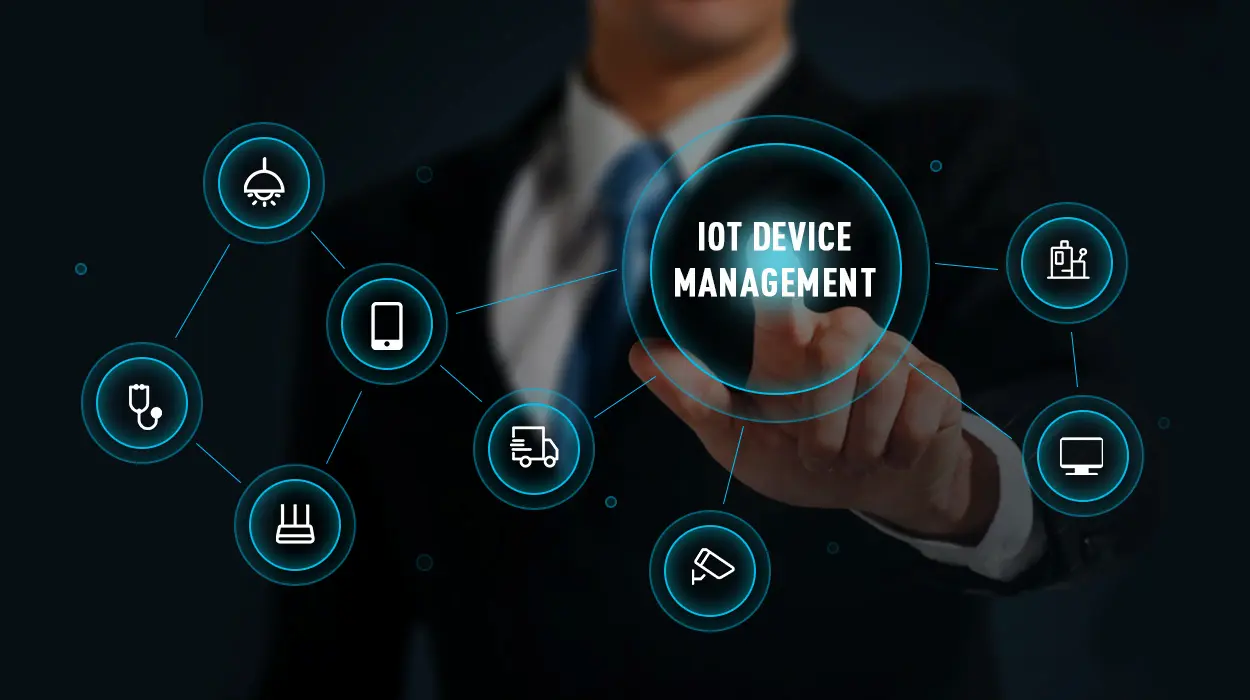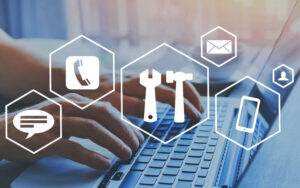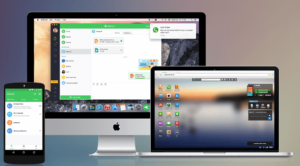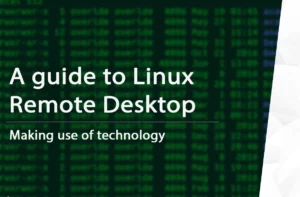If you’re looking to manage and monitor your Internet of Things (IoT) devices remotely, then remote IoT device software is the solution you need. With this software, you can register, organise, monitor, and remotely manage IoT devices at scale. This is particularly useful for businesses that have a large number of IoT devices spread across different locations.
Remote IoT device software enables you to connect to your devices from anywhere, making it easy to manage. However, managing and monitoring these devices can be challenging, mainly if they are spread across different locations. That’s where remote IoT device software comes in. With this software, you can manage your IoT devices from anywhere, making it easy to keep track of everything and ensure that your devices are working as they should be.
What is Remote IoT Device Software?
Remote IoT device software is a set of tools and technologies that enable remote management of IoT devices. It allows you to monitor, configure, and update IoT devices from a central location without physical access to the device. Typically, remote IoT device software is designed to work with Linux-based devices, such as ARM-based devices like the Raspberry Pi. Linux is a popular choice for IoT devices due to its flexibility, open-source nature, and ability to run on low-power devices.
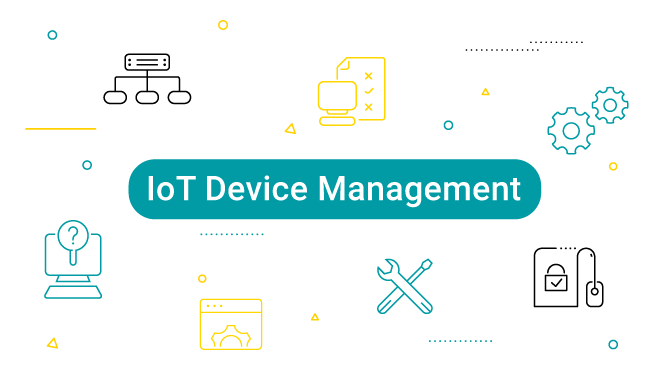
Key Features of Remote IoT Device Software
Remote IoT device software typically includes various features that make it easier to manage and monitor IoT devices. Some of the key elements of remote IoT device software include:
- Remote Access: Remote access allows you to connect to IoT devices from a central location without physical access. This makes it easier to manage devices that are located in remote or hard-to-reach areas.
- Device Monitoring: This software allows you to monitor the health and status of IoT devices in real time. This can help you identify issues before they become critical and take action to resolve them.
- Over-the-Air Updates: Over-the-air updates allow you to remotely update the software on IoT devices. This means you can patch security vulnerabilities, add new features, and fix bugs without needing physical access to the device.
Benefits of Remote IoT Device Software
Remote IoT device software offers a range of benefits for businesses and organisations that rely on IoT devices. Some of the key benefits include:
- Improved Efficiency: Remote IoT device software makes it easier to manage and monitor large numbers of IoT devices from a central location. This can help improve efficiency, reduce costs, and streamline operations.
- Enhanced Security: This software allows you to patch security vulnerabilities and monitor devices for suspicious activity. This can help improve the security of your IoT devices and protect your business from cyber threats.
- Greater Flexibility: Remote IoT device software allows you to manage IoT devices anywhere, anytime. This can help you respond quickly to issues and change your IoT infrastructure.
Device Management and Monitoring

When managing and monitoring your IoT devices, it’s essential to have the right tools and resources in place. Device management is registering, organising, and monitoring IoT devices at scale. This includes tasks such as firmware updates, security patches, and network performance monitoring.
IoT device management platforms enable users to track, monitor, and manage physical IoT devices. These tools often allow users to push software and firmware updates to devices remotely. IoT device management platforms also provide permissions and security capabilities to ensure each device is protected from vulnerabilities.
IoT Device Management Platforms: Top 4
When managing IoT devices remotely, IoT Device Management Platforms are essential tools that enable users to track, monitor, and manage physical IoT devices from a single dashboard. These platforms allow users to remotely push software and firmware updates to devices, providing a cloud-hosted solution back end to connect virtually any device. Here are some of the best IoT Device Management Platforms available today:
1. IBM Watson IoT Platform
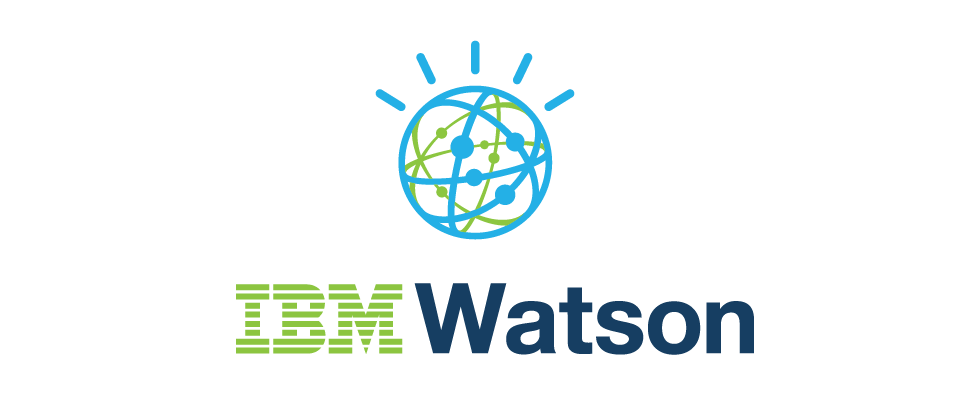
IBM Watson IoT Platform is a managed service that helps businesses simplify IoT device management. The platform enables users to connect, control, and manage IoT devices and data, as well as automate workflows and gain insights from IoT data. With the Watson IoT Platform, you can securely connect and manage IoT devices, collect and analyse data, and integrate with other enterprise systems.
2. AWS IoT Device Management
AWS IoT Device Management is a cloud-hosted solution that provides a set of tools to onboard, organise, monitor, and remotely manage IoT devices at scale. With AWS IoT Device Management, you can easily register and organise your devices, remotely manage and monitor devices, and update device software and firmware over-the-air (OTA).
3. ThingsBoard

ThingsBoard is an open-source IoT platform for data collection, processing, visualisation, and device management. It enables device connectivity via industry-standard IoT protocols – MQTT, CoAP, and HTTP – and supports both cloud and on-premises deployments. ThingsBoard combines scalability, fault tolerance, and performance, so you will never lose your data.
4. Digi Remote Manager
Digi Remote Manager is a centralised remote device management solution simplifying network management. As needed, you can schedule tasks to manage and update one or more device groups with one-time or regularly occurring tasks. Perform system tests, ping devices, send file downloads, or push out security patches and firmware updates at specified times or upon specified conditions.
Security and Control Measures
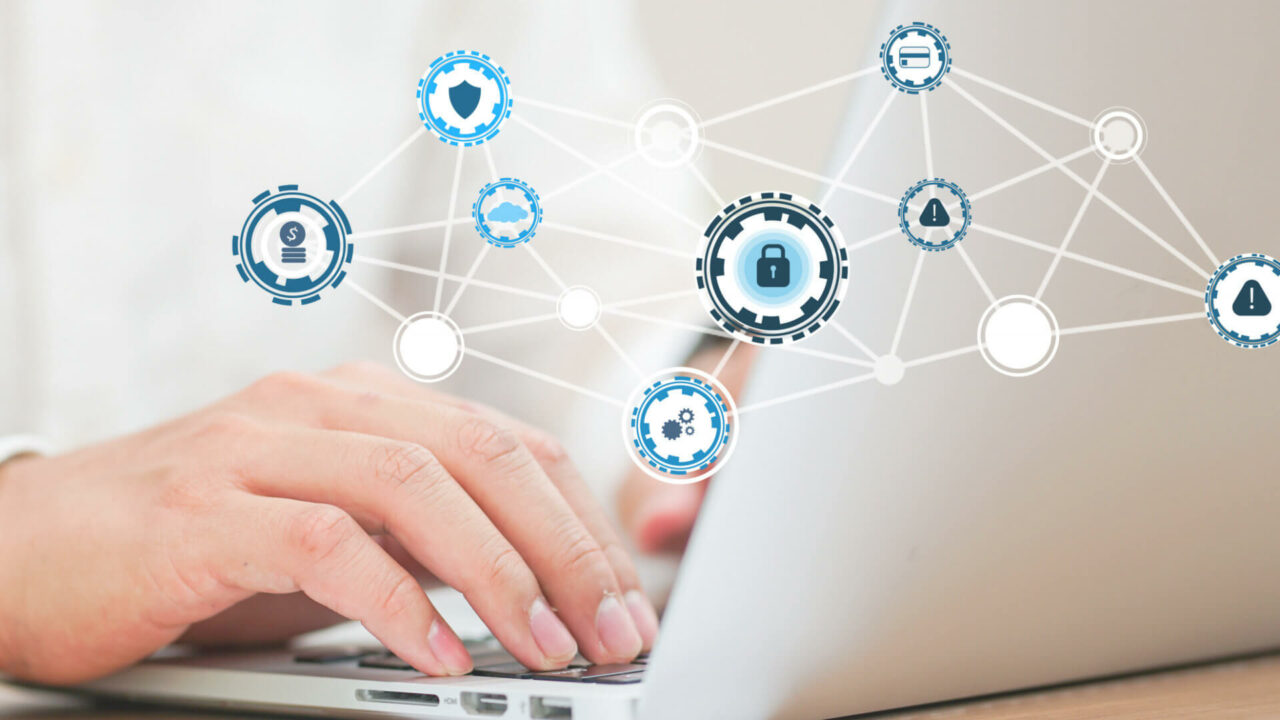
Regarding remote IoT device software, security and control measures are paramount. You must ensure your devices are protected against cyber threats and unauthorised access. This section will discuss some of the security and control measures you can implement to safeguard your IoT devices. The garment also has provided you with some guidelines for the security controls on IoT.
Authentication
Authentication is a crucial aspect of IoT security. You need to ensure that only authorised users have access to your devices. One way to achieve this is by implementing solid passwords, patterns, and PINs. You should also consider using two-factor authentication to add an extra layer of security for Remote IoT Device Software management.
Security Features
Selecting secure hardware is an essential step in ensuring IoT security. You should choose devices with security features such as encrypted storage, boot functionality based on a Trusted Platform Module, and secure communication protocols. These features can help protect your devices from cyber threats and unauthorised access.
Firewall
A firewall is a network security system that monitors and controls incoming and outgoing network traffic. A firewall can help protect your IoT devices from cyber threats like malware and hacking. You should ensure that your firewall is configured correctly and updated regularly to provide maximum protection. You can check our guide to remote control your device behind the firewall.
Cybersecurity
Cybersecurity is the practice of protecting your devices and networks from cyber threats. You should implement cybersecurity measures such as regular software updates, vulnerability scanning, and penetration testing. These measures can help identify and address potential security issues before they become significant problems.
Control Measures
In addition to security measures, you should implement control measures to ensure your devices are being used correctly. You can achieve this by enforcing access controls, monitoring usage patterns, and setting up alerts for unusual activity. These measures can help you maintain control over your IoT devices and ensure they are used appropriately.
Frequently Asked Questions
Q1. What are some software tools available for managing remote IoT devices?
There are several software tools available for managing remote IoT devices. One popular option is Microsoft’s Azure IoT Hub, which provides a secure and scalable platform for managing IoT devices. Other software tools include Google Cloud IoT Core, IBM Watson IoT Platform, and PTC ThingWorx.
Q2. How can I remotely monitor the status of my IoT devices?
Remote monitoring of IoT devices is essential for ensuring they function correctly. One way to monitor the status of your IoT devices is to use a dashboard that provides real-time data on device performance. Many IoT device management platforms, such as Azure IoT Hub and AWS IoT Core, offer built-in dashboards that allow you to monitor the status of your devices.
Q3. Which IoT device management platform offers the best pricing options?
The pricing of IoT device management platforms varies depending on the features and capabilities offered. Some venues charge based on the number of devices managed, while others charge based on the amount of data processed.
Conclusion
In conclusion, implementing security and control measures is essential for remote IoT device software. You should protect your devices against cyber threats and unauthorised access by implementing authentication, security features, firewalls, cybersecurity, and control measures. Well, device management and monitoring are critical components of any IoT deployment. With the right tools and resources in place, you can ensure your devices are operating at peak performance and are protected from vulnerabilities.
